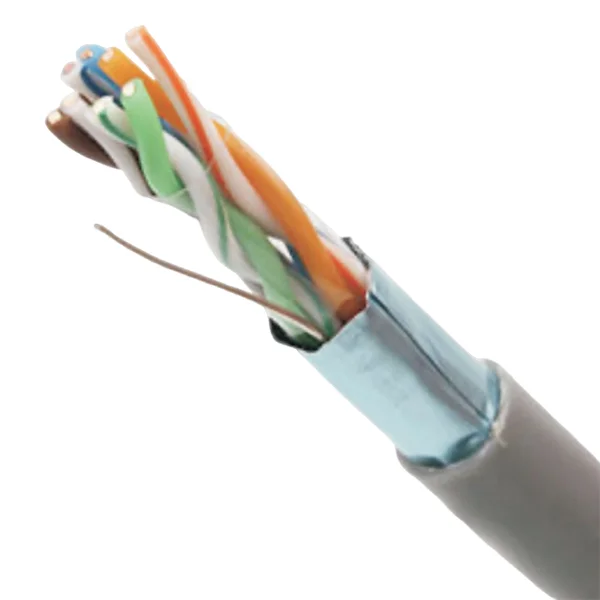Unveiling the Power Dynamics of Electric Cars: Do They Consume More Energy at Higher Speeds?
3 min readElectric cars have gained significant popularity in recent years due to their eco-friendly nature and potential to reduce carbon emissions. However, as with any technology, there are still questions surrounding their efficiency and power consumption. One such query is whether electric cars use more power the faster they go. In this blog post, we will delve into the intricacies of electric car power dynamics, exploring the relationship between speed and energy consumption.
- Understanding Electric Car Power Consumption:
To comprehend the impact of speed on power consumption, it is crucial to grasp the basic principles of how electric cars operate. Electric vehicles (EVs) rely on rechargeable batteries to power an electric motor, which in turn propels the vehicle forward. The energy required to drive an electric car primarily comes from the battery, and its consumption is influenced by various factors, including speed. - Aerodynamic Resistance:
At higher speeds, electric cars encounter increased aerodynamic resistance, which is the force opposing the vehicle's motion through the air. This resistance is directly proportional to the square of the car's speed. Consequently, as the speed increases, the power required to overcome aerodynamic drag also rises. Thus, electric cars do consume more power as they go faster. - Rolling Resistance:
Apart from aerodynamic resistance, electric cars also face rolling resistance, which is the force opposing the rotation of the wheels on the road surface. Rolling resistance is influenced by factors such as tire type, road conditions, and vehicle weight. While rolling resistance does increase with speed, its impact on power consumption is relatively smaller compared to aerodynamic resistance. - Regenerative Braking:
One unique feature of electric cars is regenerative braking, which allows them to recover and store energy during deceleration or braking. When the driver applies the brakes, the electric motor switches to generator mode, converting the kinetic energy of the moving vehicle into electrical energy. This energy is then stored in the battery for later use. Regenerative braking helps offset some of the additional power consumption at higher speeds, making electric cars more energy-efficient overall. - Optimal Speed for Efficiency:
While it is true that electric cars consume more power at higher speeds, there is an optimal speed range where efficiency is maximized. This range varies depending on the specific model and design of the electric car. Manufacturers often optimize their vehicles to achieve the best balance between speed, power consumption, and range. Therefore, it is advisable for electric car drivers to adhere to recommended speed limits and drive within the optimal speed range to ensure optimal energy efficiency.
Conclusion:
In conclusion, electric cars do use more power the faster they go, primarily due to increased aerodynamic resistance. However, factors such as rolling resistance and regenerative braking help mitigate some of the additional power consumption. Understanding the power dynamics of electric cars can assist drivers in making informed decisions regarding speed and energy efficiency. By striking a balance between speed and power consumption, electric car owners can contribute to a greener and more sustainable future.

